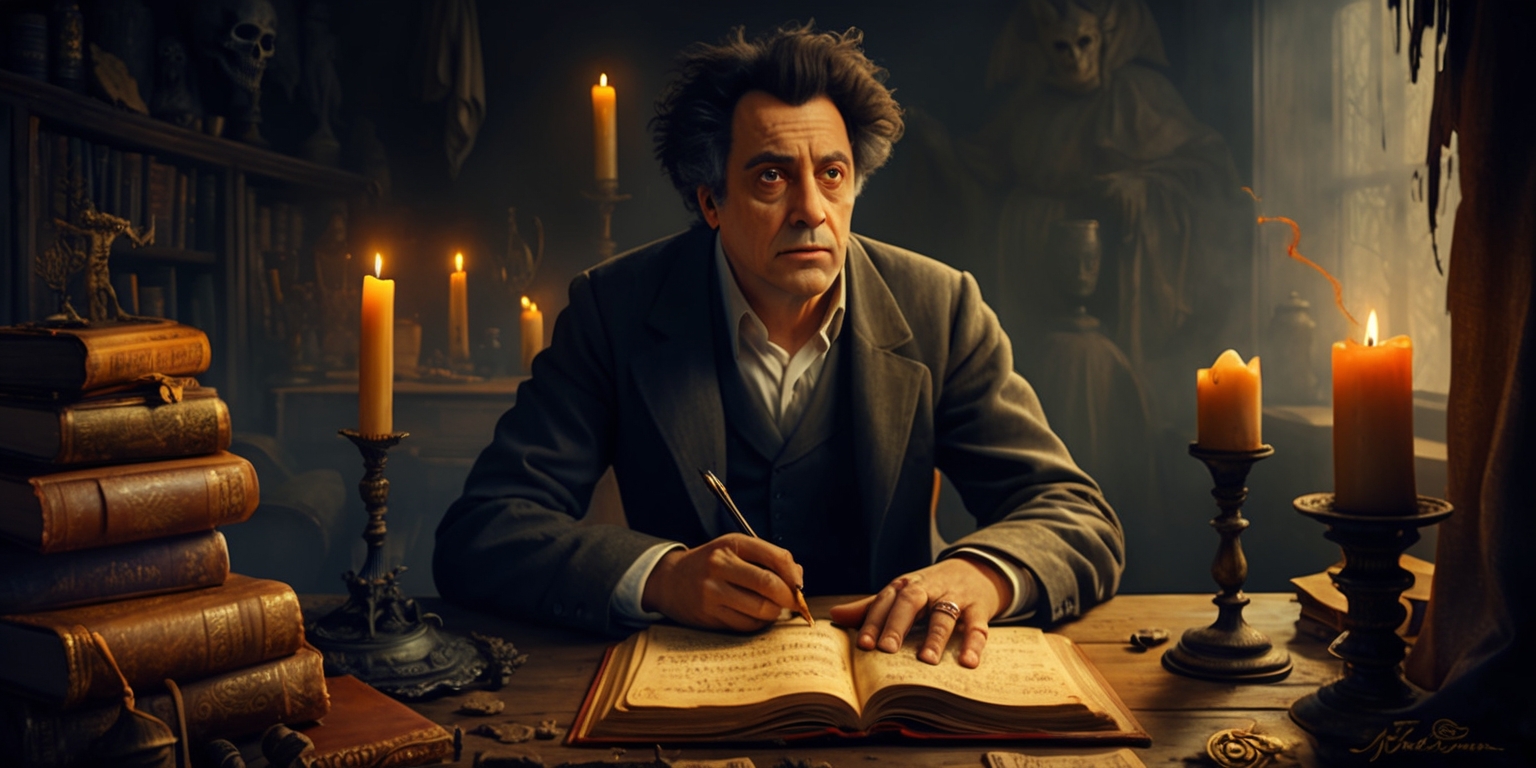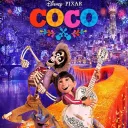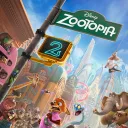Haunted Inspirations: Guillermo del Toro's Journey into the Supernatural in His Adaptation of Frankenstein
Jan 09, 2025

Renowned filmmaker Guillermo del Toro is currently immersed in his latest passion project, a modern adaptation of Mary Shelley’s iconic tale, Frankenstein. In pursuit of inspiration, del Toro has taken an unorthodox route by staying in a reputedly haunted hotel room during the film's production in Aberdeen, Scotland. His unique experience has led him to investigate the delicate boundary separating reality from the supernatural, revealing both a fascination with horror and personal encounters that challenge his perspective on the supernatural. In this piece, we will explore the different dimensions of del Toro’s journey through this eerie adventure, its implications for his latest film, and the impact his experiences may have on the future of horror within cinematic storytelling.
Unveiling the Haunted Experience
Del Toro is no stranger to horror, with a deep-rooted passion for monsters and the supernatural evident throughout his filmography. However, staying in the so-called "most haunted room" of his hotel opened up a personal exploration of fear and presence that he candidly shared with his followers on social media.
A Haunted Setting in History
The hotel where del Toro stayed boasts a history that dates back to the 1800s, adding a layer of authenticity to the ghostly tales that surround it. The ambiance of the old structure undeniably contributes to the overall spookiness, setting the stage for an intriguing experience.
The Mysterious Departure
With a curious twist, one of the film's producers checked out of the room in haste, citing bizarre experiences with electrical disturbances. This sudden exit only added to the growing intrigue around the haunted space, demonstrating the impact of the room's reputation on its occupants.
Personal Encounters with the Unknown

Del Toro, always enthusiastic about ghostly encounters, enthusiastically declared his intentions to spend the night in the haunted room. Despite his many ventures into the realm of horror, he recalled only one previous supernatural experience but held high hopes for this latest endeavor.
Sharing Insights with Followers
Updates from del Toro via social media painted a vivid picture of his adventures. He described the oppressive atmosphere of the room, suggesting that it held something dark with an unsettling presence that lingered in the air.
Balancing Work and Exploration
Realizing that a good night’s sleep is crucial for his schedule, del Toro made a strategic decision to maintain his connection to the haunted room while sleeping in a different area. This clever compromise allowed him to balance his professional responsibilities with the allure of the paranormal.
Feeling the Presence
Expressing his sentiments about the room, del Toro mentioned feeling a palpable sense of anger and territoriality associated with the entity he sensed nearby. This reflection deepens the mystery of the room, creating a strong connection between his emotional experience and the overarching theme of his upcoming film.
The Quest for Electronic Voice Phenomena
In a bid to capture the supernatural, del Toro attempted to document his experience through Electronic Voice Phenomena (EVP) by using his iPhone. This dedication to melding technology with the hunt for ghosts speaks to his commitment to engaging with the eerie in innovative ways.
Reflections on Horror Cinema
The director’s experiences amplify discussions on the impact of real-life paranormal encounters on creative processes. As he navigates the line between fear and fascination, these reflections could ultimately influence his artistic decisions in future horror narratives.
Anticipation for Frankenstein
Del Toro’s adaptation of Frankenstein marks a major turning point in his professional journey, as he has long aimed to bring this intricate story to life. His pre-production work, including makeup tests with actors, showcases years of commitment and passion for the project.
Star-Studded Cast
The film features a stellar cast, including Oscar Isaac in the role of Victor Frankenstein and Jacob Elordi portraying Frankenstein’s creature, further elevating the anticipation surrounding its release. Their interpretations of these iconic roles promise to bring new energy and insights.
Challenges and Scheduling Conflicts
Unfortunately, the journey has not lacked complications. Andrew Garfield was initially slated for the role of the creature but had to step aside due to scheduling clashes. Elordi has now embraced the opportunity, expressing his admiration for del Toro and enthusiasm for his role.
Incorporating Animation
As del Toro has hinted at an eventual shift toward animated projects, the experiences gained from live-action horror films will undoubtedly enrich the storytelling quality of future ventures. The creative evolution of an artist often leads to exciting developments in various mediums.
The Future of Horror in Film
Fans eagerly await the release of del Toro’s Frankenstein on Netflix, expected in late 2025. This collaboration between the master of horror and the innovative platform suggests a blending of traditional storytelling with contemporary techniques that may redefine the genre.
Final Thoughts on the Haunted Journey
In conclusion, Guillermo del Toro's encounters within the haunted room have not only showcased his commitment to the craft but have also amplified the discourse surrounding fear, creativity, and the supernatural. As he continues to explore these themes both in life and in cinema, audiences are left with a tantalizing glimpse into the merging of reality and the fantastical, eagerly awaiting the next chapter in his storied career.







